From the Museum to the Archaeological Site of Nicopolis.
Our foremost objective is to establish a strong connection between the museum and the archaeological site of Nicopolis. You can extend your visit by also exploring the nearby city monuments, all situated within a 2-kilometer radius.
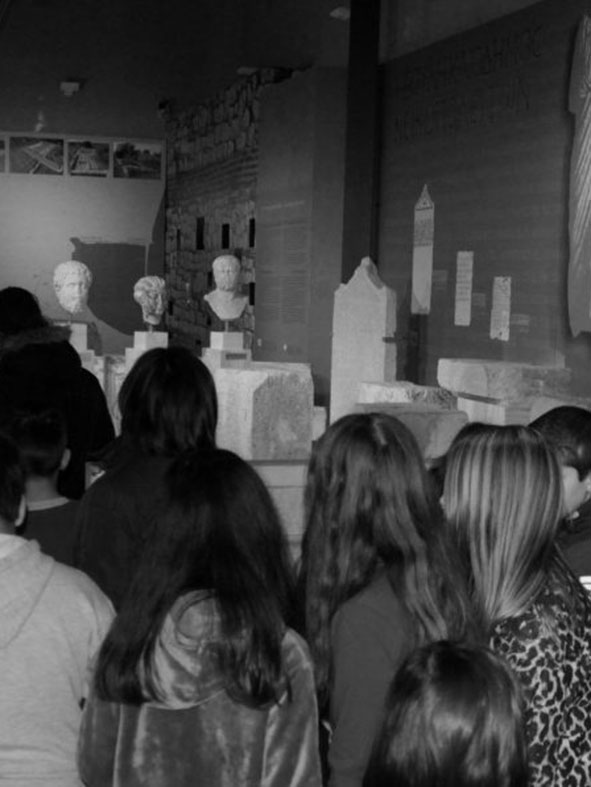
Από το μουσείο στον αρχαιολογικό χώρο
Βασικός στόχος του μουσείου είναι η σύνδεσή του με τον ίδιο τον αρχαιολογικό χώρο της Νικόπολης. Συνδυάστε την επίσκεψή σας με σύντομη περιήγηση στα επισκέψιμα μνημεία, σε απόσταση μικρότερη των 2 χλμ.
Opening hours
Winter
(1st November – 31st March)
08:30 – 15:30 daily
Summer
(1st April – 15st October)
08:00 – 20:00 daily except Tuesday
Tickets
| Regular: | 8 € |
| Reduced: | 4 € |
A single ticket grants access to both the Archaeological Museum and the Archaeological Site of Nicopolis
Access
The Archaeological Museum of Nicopolis (AMN) is located at the entrance of the city of Preveza, along the Preveza-Ioannina National Highway, only one kilometer from the Archaeological Site of Nicopolis.
Visiting the museum is convenient for both individual guests traveling by private vehicle and organized groups arriving with suitable transportation.
Visitors have the option of parking their vehicle in a designated next to the main entrance or in two separate parking lots situated southeastern of the museum, accessible from the nearby municipal street.
Access to individuals with limited mobility
Individuals with limited mobility can access the site from the museum parking area (located 120 meters away) or via a ramp accessible from the main entrance along the Preveza-Ioannina highway (located 50 meters away).
Within the museum, all public areas are situated on the ground floor. This design ensures easy movement along the two exhibition halls and surrounding corridor for individuals with limited mobility and on using a wheelchair.
Additionally, there is a dedicated restroom available (please refer to the indoor plan for its location).
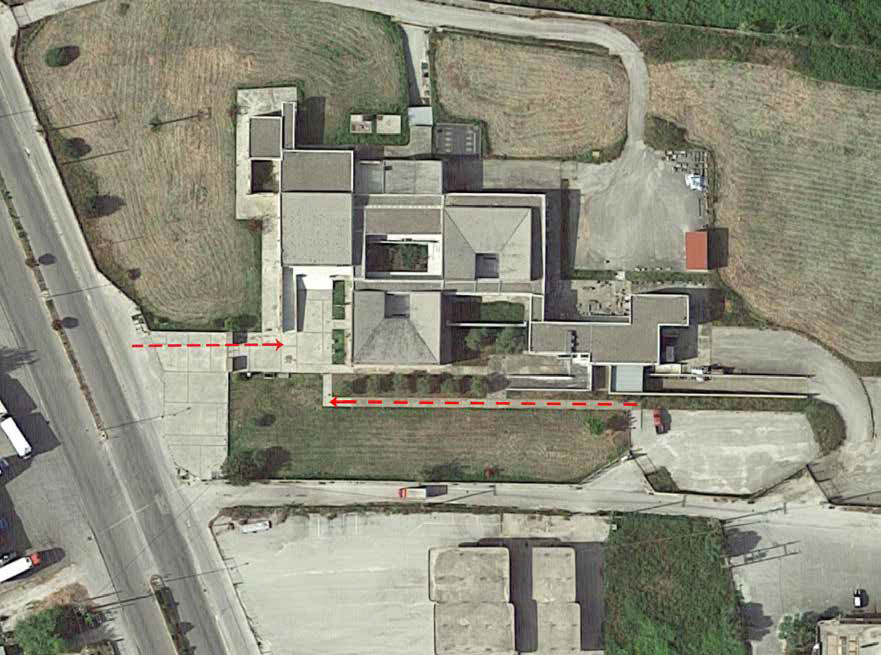
Schools
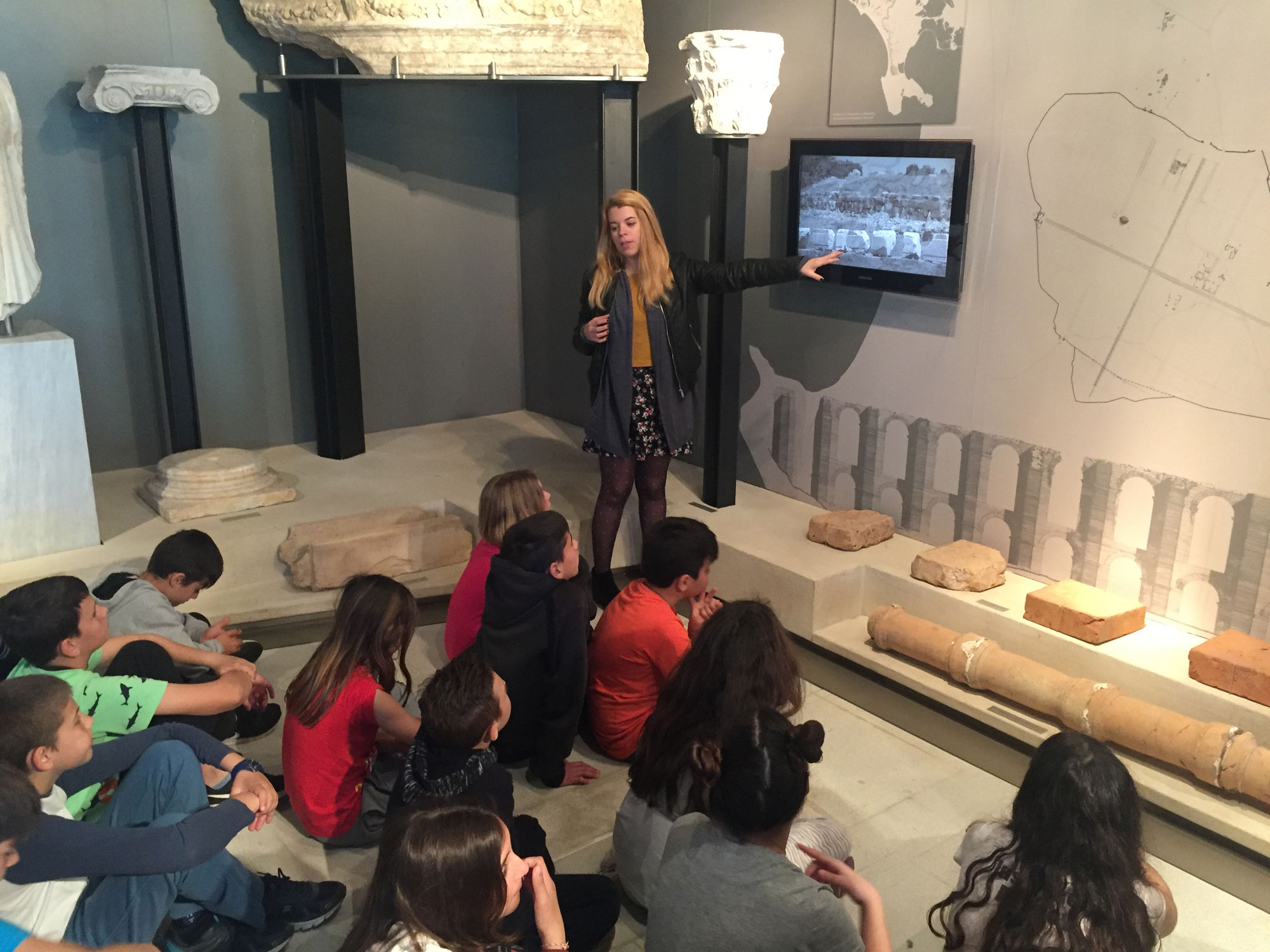
School visits take place every day, Monday to Friday, according to the museum’s opening hours.
To arrange a visit and set a date and time, please contact the museum’s administration in advance.
Only authorized tour guides can offer guided tours. Should school groups require a guided tour, we kindly ask that they make their own arrangements.
Brochure
The AMN provides its visitors with an informative brochure that includes the museum’s layout and exhibition highlights. To enhance the visitor experience, it includes a designated tour route, which is clearly indicated on the museum’s floor plan.
The brochure is available in five languages (Greek, English, French, German, Italian), and both the Greek and English versions are also offered in digital format.
For visually impaired visitors the map is available in Greek and English Braille.
Link to the Greek and English Brochure in pdf: greek | english
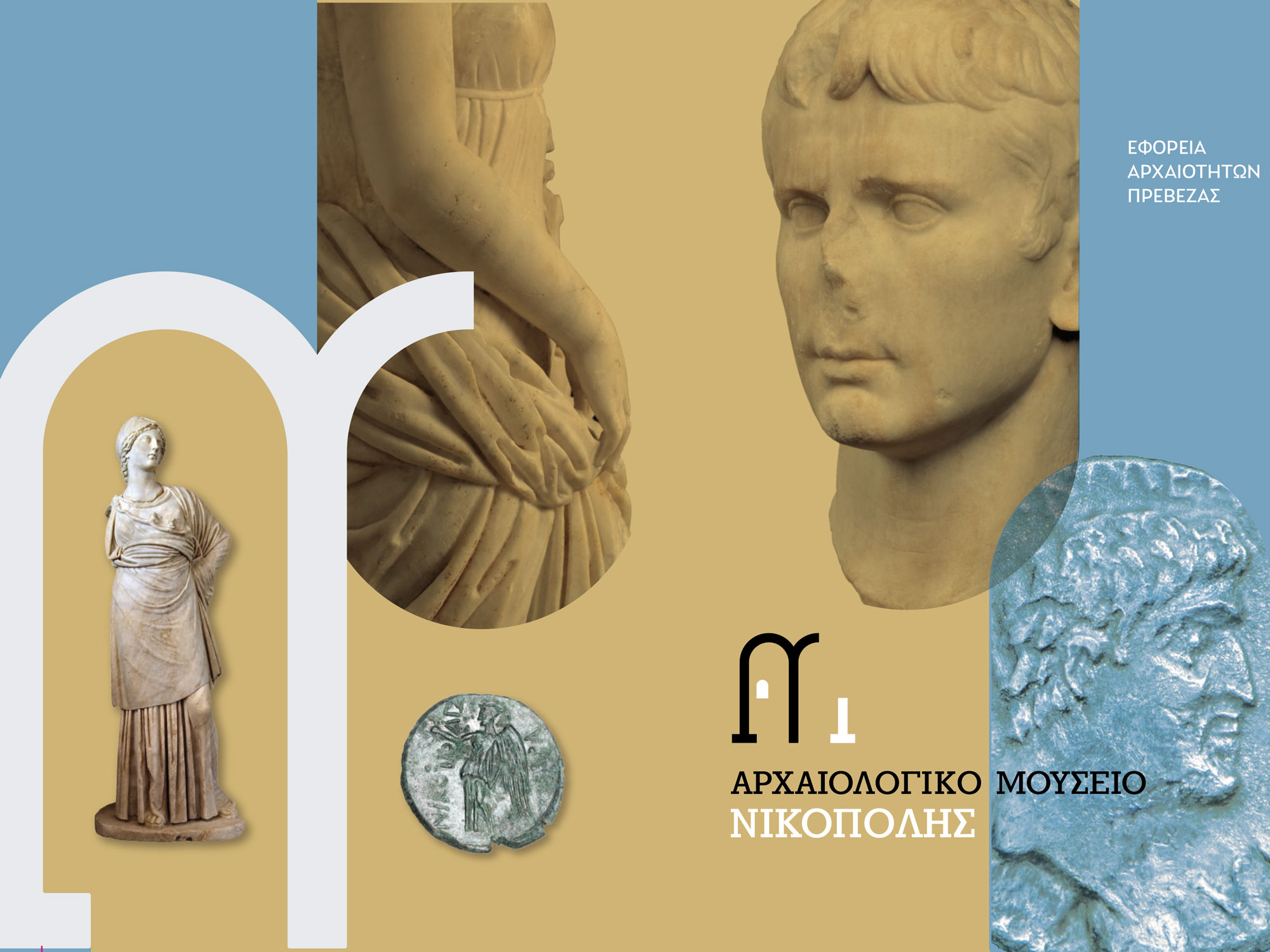
Recommended Visit Itinerary
For those who prefer not to linger in front of exhibits or have limited time, consider following the route below to acquaint yourself with Nicopolis.
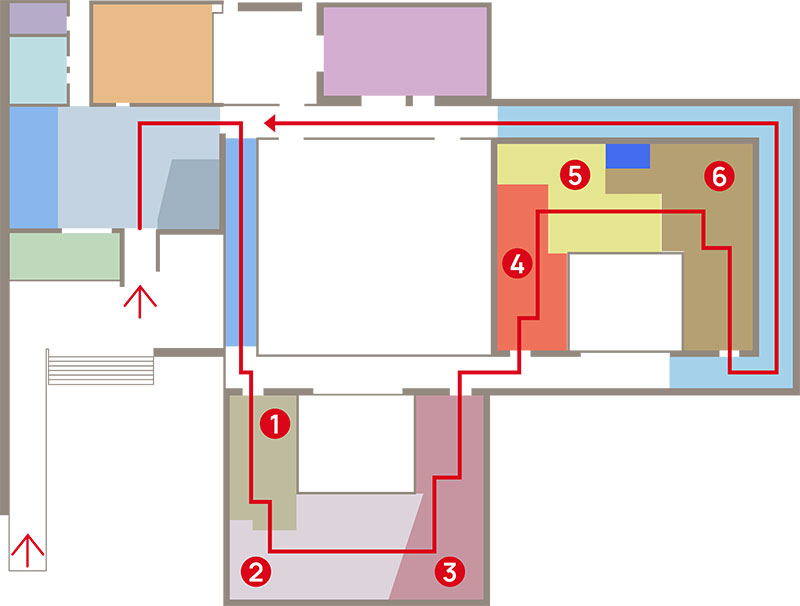
Stop 1: A City is Born - The Battle of Actium
Here, you will have the chance to become acquainted with the key war heroes, the strategic conduct, and the outcomes of this momentous naval engagement.
Τhis is where the story of Nicopolis and the permanent exhibition begin …
Stop 2: The Roman Metropolis - Architecture and Infrastructure
Watch a short video that narrates the city’s history and highlights its significant monuments, all marked on the topographic wall map. On your left, you’ll encounter marble architectural fragments and sculptures from impressive public edifices.
Stop 3: The Early Christian Urban Center - Shaping the City’s Identity
Observe the construction technique employed and take note of the incorporation of Roman marble sculptures as building materials in the fresh fortifications. Explore the striking podium adorned with a relief depicting the Battle of the Amazons, which has since been replaced by a mosaic portrayal of Saints.
Stop 4: Trade and artisanal activities - The Exchange of Commodities
Discover the city’s maritime connections, its three nearby ports, and its trade interactions with the larger Mediterranean ports. Witness the“recreation” of a merchant vessel adorned with impressive amphorae that once transported essential commodities.
Stop 5: Domestic Existence - Dwellings and Private Lives
Take a moment to appreciate the exhibit resting upon the marble table, which culminates in a lion’s paw. Observe the diversity in the form and composition of household tools, the opulence of dining and drinking vessels, and don’t miss the remarkable bronze gem, the statuette of a dying Gaul raising his right hand in supplication.
Stop 6: The Afterlife - The Mausoleum
Here, you can behold opulent marble sarcophagi, some imported from Attica, while others are the work of local craftsmen. They are organized in a P-shaped formation, reminiscent of their initial placement within mausoleums – grand structures serving as the final resting places for the city’s elite families.




